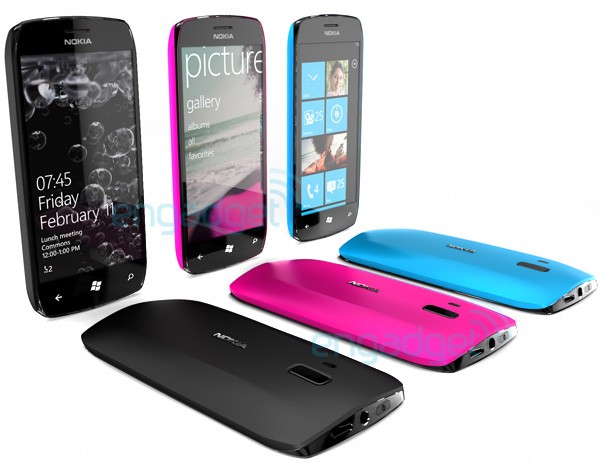
Nokia still hasn’t announced any firm dates about when it plans to bring its first Windows Phone-based smartphones to market, but it’s already lining up launch partners. At a speech in Beijing last week, Nokia executive VP Colin Giles announced the company would be partnering with China Mobile to launch Windows Phone handsets in China—the first time Nokia has announced a carrier partner for the new devices.
Giles did not offer any timeline for the Windows Phone devices’ launch, saying only that the phones would be launched in the future.
China Mobile is the country’s largest mobile phone operator, with more than 600 million subscribers that account for about two-third of China’s total mobile phone market. To operate on China Mobile’s 3G network, the phones will have to use the TD-SCDMA standard, meaning Nokia Windows Phone devices launching in China will not operate on networks of other carriers around the world.
Despite Nokia’s faltering sharply in the smartphone markets in western countries—including a near-complete withdrawal from the North American market—Nokia remains the top handset maker in the Chinese market, although it is facing challenges from companies like ZTE. However, the bulk of Nokia’s sales in China are comparatively inexpensive (and low-margin) feature phones: Windows Phone 7 devices are expected to debut at the high end of the company’s line as luxury devices, which may not appeal to a broad range of Chinese consumers. Industry watchers expect Nokia’s Windows Phone 7 devices to debut at around 2,000 yuan (about US$300); however, Android devices are already selling in China for about half that price.
Nokia has stated it plans to ship its first Windows Phone devices in 2011, with more devices joining the line in 2012.
Editors' Recommendations
- Best cell phone plan deals: T-Mobile, AT&T, Verizon, Mint Mobile and more
- One of the best budget phones just got even better
- Nothing Phone 2 vs. Google Pixel 7: which $599 phone is best?
- I put the iPhone’s Dynamic Island on my Pixel 7 Pro — and I can’t go back
- Forget gaming — there’s another big reason to buy the ROG Phone 7 Ultimate

